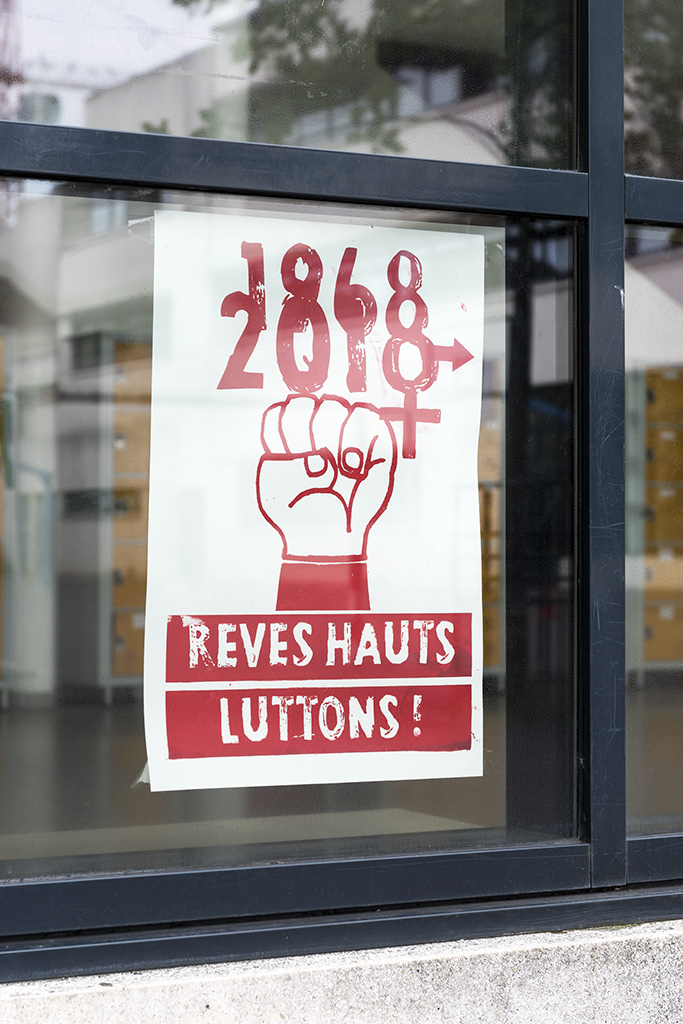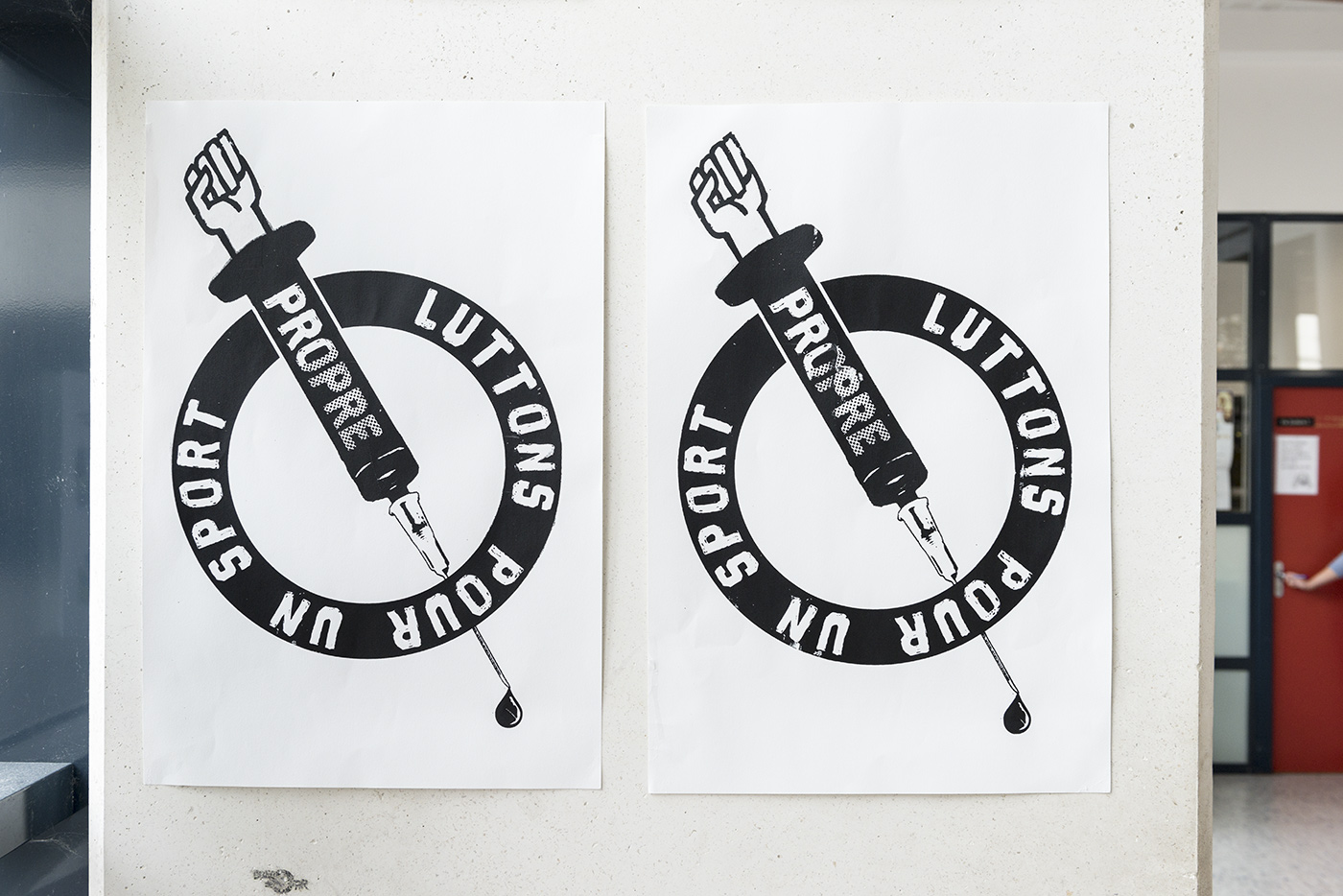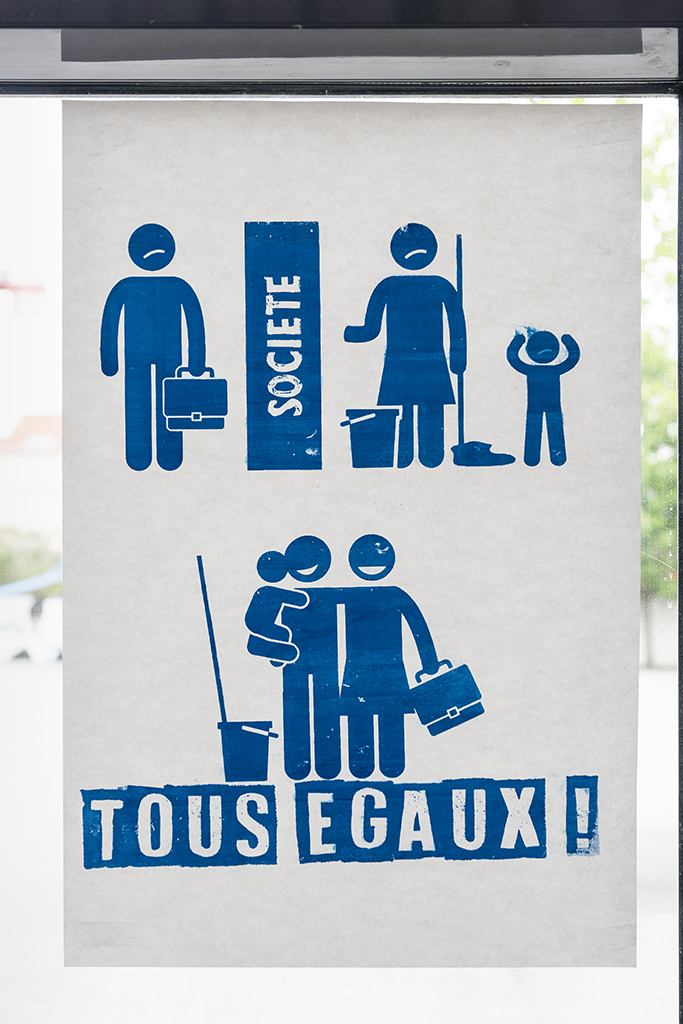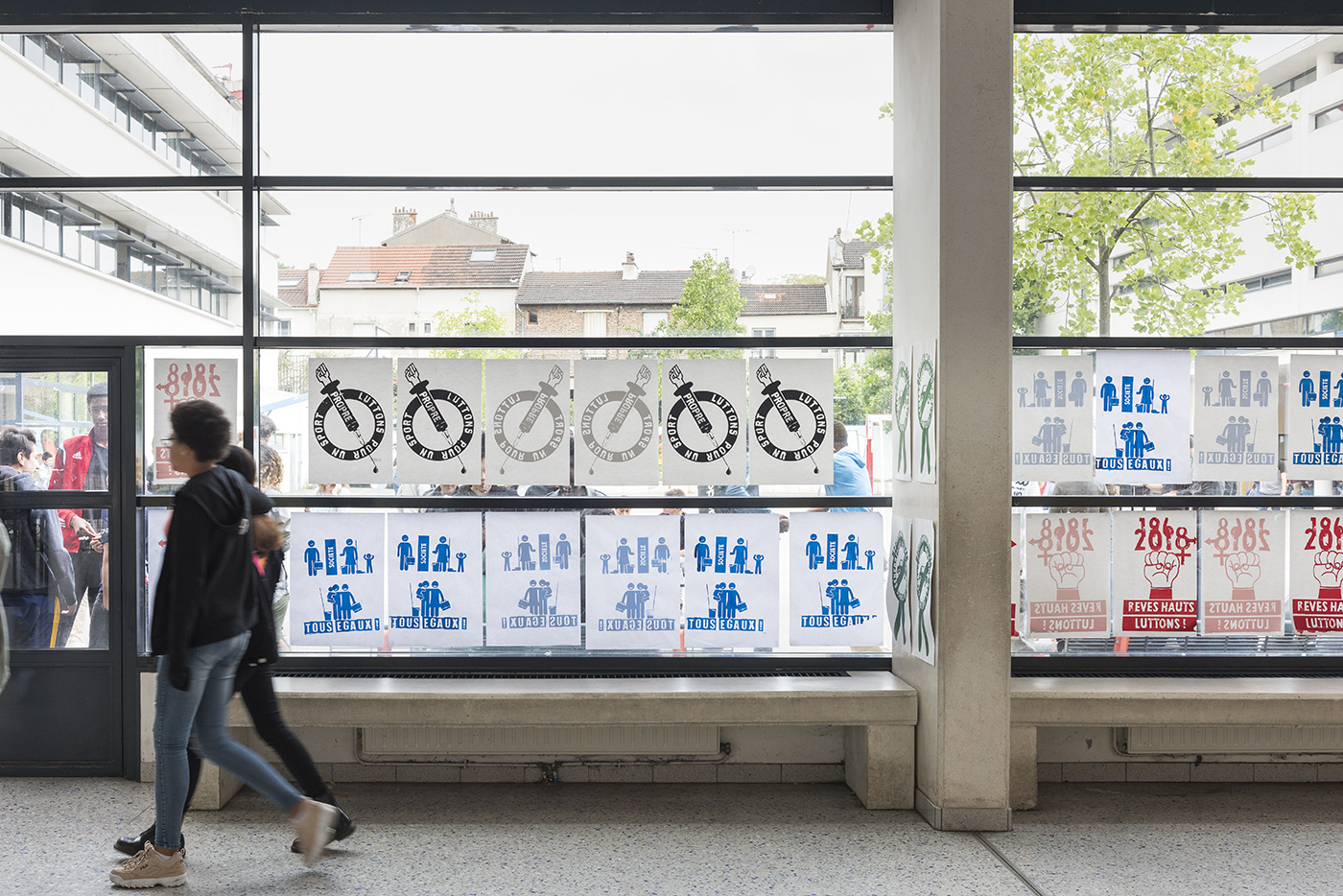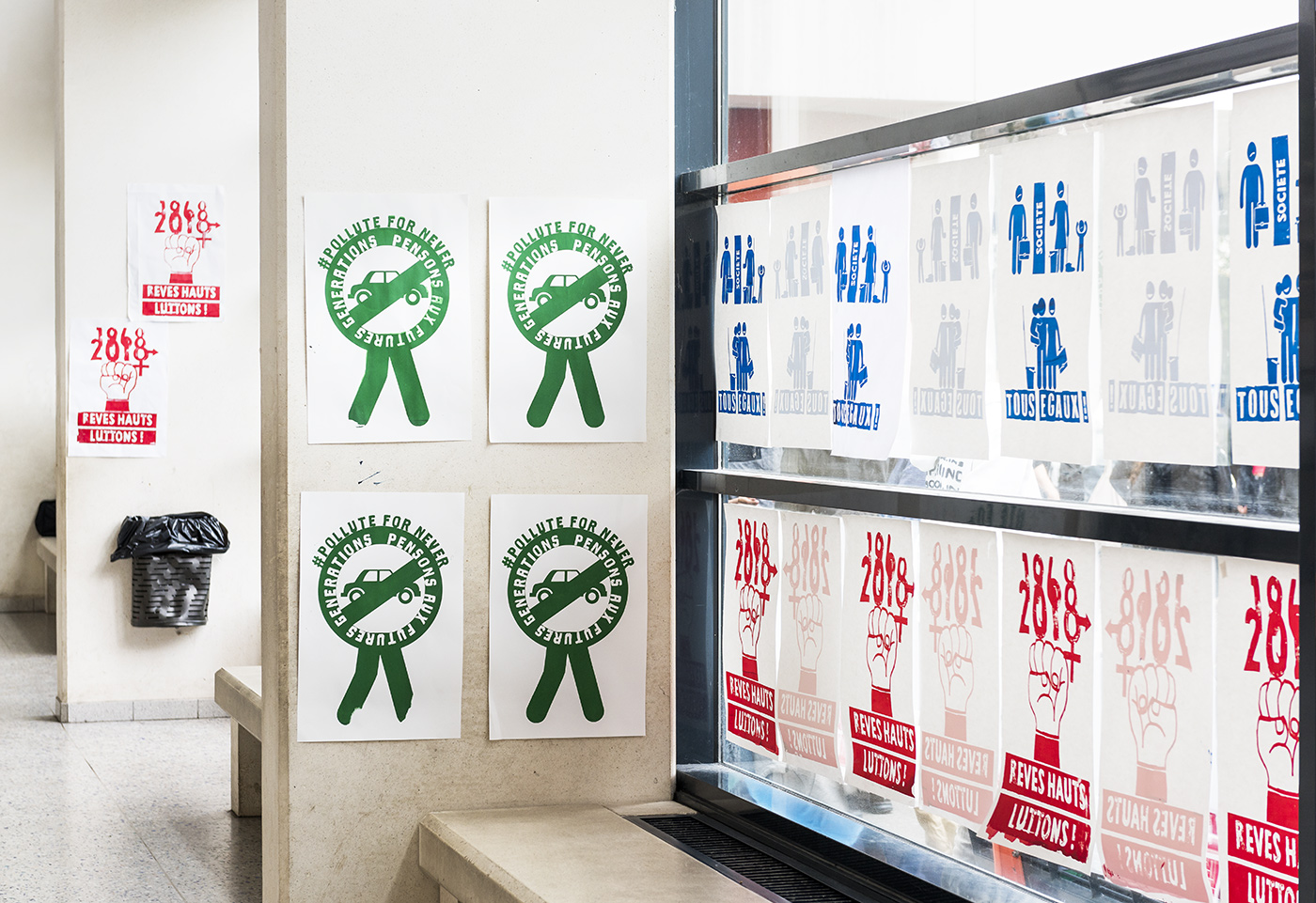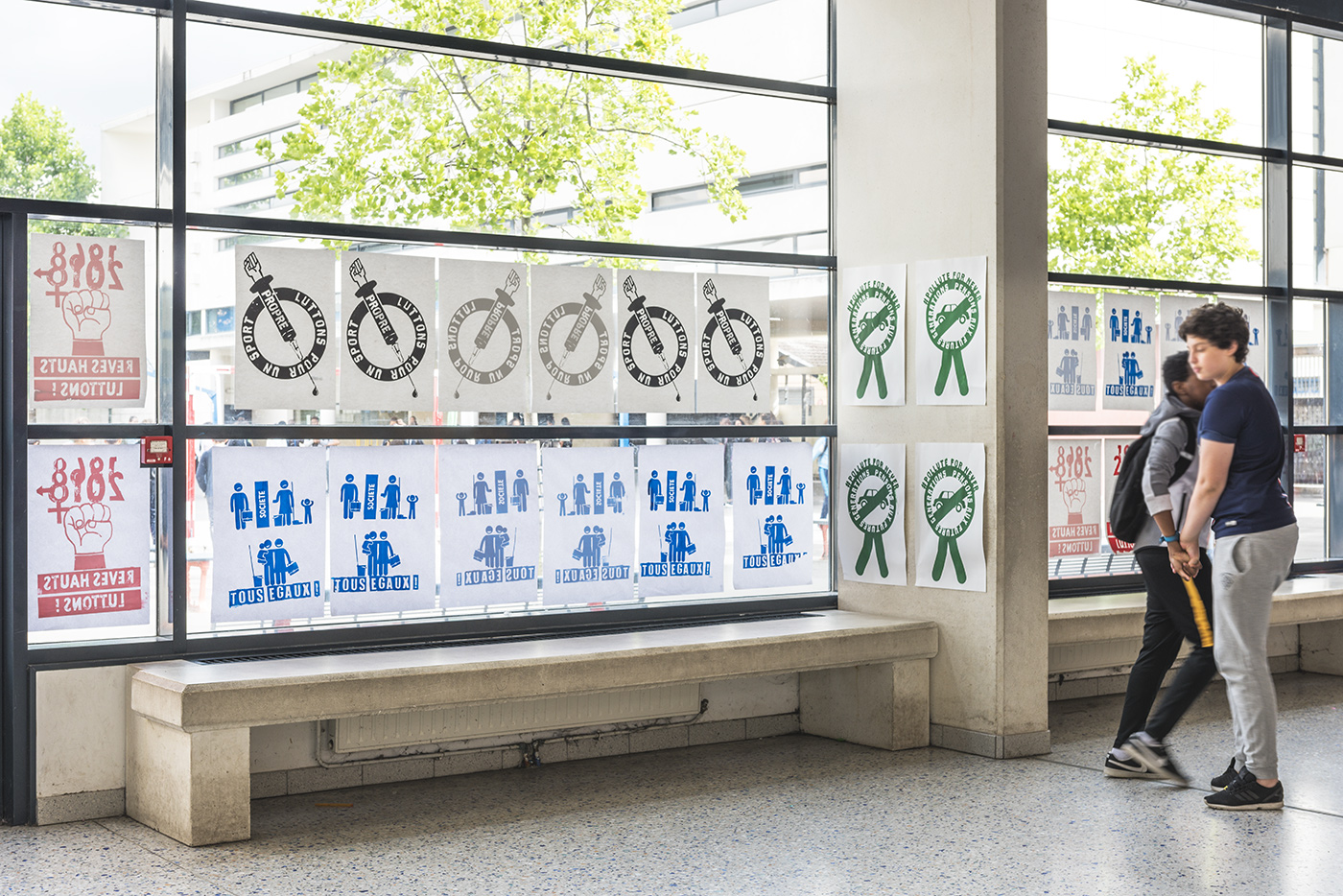- 2023
- Ligne d'air
- 2022
- 2021
- The Forest System
- 2020
- A place to read
- Counterfactual
- Deep Sleep
- Fixing Sounds
- Ghost Populations
- Grey Matter
- Humanities
- Impôts.gouv
- My Precious One
- OK computer
- One for all
- Perfect Match
- Personal Borders
- The Physics of Disaster
- Trial by fire
- Unconscious
- 2019
- Anonymous
- Daily science
- Houston 69
- Image and text
- La santé autrement
- Parts and labour
- Playing with fire
- Plu-present
- The art factory
- The legend factory
- The nuclear effect
- Unique every time
- Vertical
- What exactly is happiness?
- striking a chord
- 2018
- Animal images
- Connections
- Current affairs
- Extra space
- Les courts circuits
- Metamorphoses
- Off ground
- Playing with fire
- The Earth quakes
- The life of rays
- The ocean phenomenon
- The scope of cinema
- The struggle continues
- Top model
- Traces
- What is peace?
- 2017
- All about the climate
- Artistic territory
- Cars
- Image bank
- In all probability
- Inner journey
- Letter to a friend
- Planetarium
- Plants and us
- Polyptics
- Poster child
- Propagation of monotony
- Rocks unlimited
- Tour operator
- We, the presidents
- Youth culture
- 2016
- 3D universe
- Art curator
- Bioethics
- Colours
- Community radio
- Different books - digital design
- Different books - paper design
- Hands on
- Images - Mémoires
- In all probability
- Landscapes
- Meteors
- Microscopic
- Mirages
- Pantone Food
- The great outdoors
- The idiots' guide to teenagers
- The night
- There were several of them
- Under the surface
- 2015
- Books otherwise
- By prescription
- Denim
- Feet on the ground
- Incommensurable
- Intermediate schools in France
- Meteorologists
- Occupation: inventor
- Outdoors
- Sweet treats
- The art of love
- The climate in fiction
- To be completed
- Universal light
- Urban life
- What is today?
- Words and music
- 2014
- Are you modern?
- Aroma research
- Calculating sound
- Digital dreams
- Female landscape
- Hung up
- Infinite at top speed
- Les Grandes Tables
- Life in the laboratory
- Listening to the sacred
- Short trips into the working world
- The age of the earth
- Use and reuse
- Water
- Words and music
- Words and things
- 2013
- Aroma research
- As if by chance
- Behind the screen
- By what right?
- In praise of mixity
- Infinity at top speed
- Listening to the sacred
- Looking at animals
- Mass markets
- Memory
- On promotion
- Once upon a time: Art
- Segami
- Sensitive boundary
- Short trips into the working world
- The French factory
- Truth in sport
- 2012
- A black matter
- A simple movement
- Animalia
- Archigram
- Babel
- By what right ?
- Call it anything
- Dinner's served!
- Experience of the world
- Found objects
- Money
- Once upon a time: Art
- Perceptible split
- Phenomena
- Serious games
- Television
- Warmly dressed
- 2011
- Animalia
- Balance of power
- Breathless
- Chemistry year
- Cities and architectures
- Eurêka
- Experience of the world
- Food
- Found objects
- Homepage
- Once upon a time
- Public life
- Television
- Under constraint
- Video games
- Vostok
- What to wear
- 2010
- Chimie en cuisine
- Eurêka
- Evolution
- Jeux vidéo
- La bioéthique
- La richesse - philosophie
- La richesse - sociologie
- Les adolescents - photographie
- Les adolescents - sociologie
- Objets trouvés
- Quel grand Paris?
- Rapprochement des cultures
- Sous contraintes
- Télévision
- Village global
The struggle continues
Since 2009, the Seine-Saint-Denis County Council has been backing “la Culture et l’Art au Collège (CAC)”. This project is based to a large extent on the presence in class for several weeks (40h) of an artist or scientist whose mission is to engage the students in a process of research and creation.
Tutors:
Grégoire Binois, Robi Morder/ Historians
Project manager:
Florise Pagès
Objectives:
One of key dates for understanding modern-day France is May ’68. The event’s capacity to describe what’s happening today is partly due to its controversial nature. Apparently, no-one can really agree about what happened at the time or about the scope of the changes that were expected, desired or feared.
Workshops:
Day After Day
First of all, the students had to put May ‘68 back into context, with regard to both its day-to-day timeframe and its era. Using different types of archives (press reports, leaflets, audiovisual footage, photos, etc.), the contributor not only provided an overview of the sequence of events and the forces present (universities, students, workers, etc.) but also discussed differentiating between memory and history and where to find these archives, how to access them, who produced them and to what aim – all fundamental aspects of the historian’s profession that the students discovered.
Over Time
During a work session at the Cité des Mémoires Etudiantes, the students handled real archives of witness accounts. They developed the main issues of the revolt, moving beyond received ideas to grasp the fact that it was not a single event (created by the media) but rather a coming together of numerous, miscellaneous movements. This was followed by a visit to the classroom by witnesses who experienced May ‘68 from the inside as students or as the children of “soixante-huitards” (those who took part in the events). The personal accounts of these witnesses revealed the flaws and tensions in this idealised struggle but also how it became the leitmotif for deeply-held convictions and long-term activism for some people.
What About Us?
The students identified some of the struggles and gains in ‘68 or post-68, the repercussions of which affect them deeply: sexual liberation, contraception, social inequality, etc. They then put them into perspective with their own demands and discussed their own ideals. Various topics emerged and were discussed in class: the death penalty, gender discrimination, pollution, etc.
Showcase:
In May ‘68, before the existence of mobile phones and the Internet, how did activists spread their messages? Inspired by the posters and leaflets of the time designed and printed by the Atelier des Beaux Arts (Fine Arts workshop), the students borrowed their aesthetic and stylistic codes to give shape to the messages they wanted to convey with regard to the struggle of ‘68 and of the society they live in in 2018. With the help of a screen printer who came to set up his/her workshop in the school, the class applied ink to the screen prints, dried them and displayed a series of posters in the mobilised school.
Acknowledgements:
Ioanna Kasapi / Cité des mémoires étudiantes, Aubervilliers; Julie Pagis, Anne-Marie Lagrave/ sociologists, Sang d'encre/ atelier de sérigraphie
Outings :
- Work session studying the archives at the Cité des Mémoires Etudiantes, Aubervilliers
- “Images en Lutte” exhibition of May 68 posters at the Beaux-Arts, Paris
- “Icônes de Mai 68, les images ont une histoire” exhibition and cinema-tract workshop at the BNF, Paris
- “May ‘68” guided tour of the Latin Quarter, Paris
Participating schools:
- Class 4è C, collège Paul Eluard, Montreuil
- Class 3è 2, collège Jean Renoir, Bondy
Photos: PIERRE ANTOINE
